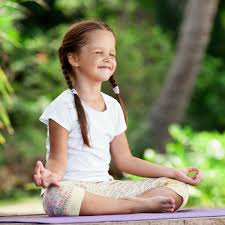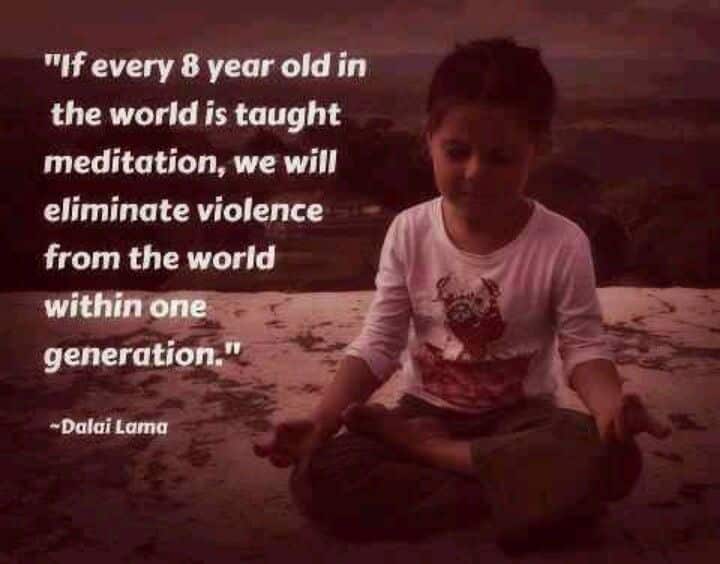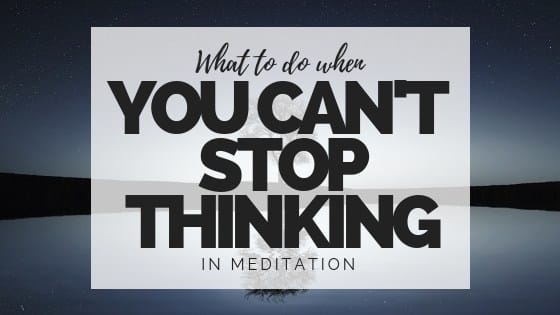Meditation is increasingly being recognized as an essential life-skill for all ages.
If you’ve seen first-hand the transformative power of meditation in your own life, then you may be wondering how you can teach the same important skill to your children.
Meditation has many health benefits, and most of the positive effects it has in adults also applies to children. Studies have shown that kids who meditate are better focused and tend to perform better in school. Breath exercises and mindfulness techniques can also help to counteract attention disorders like ADHD, or mood disorders like depression.
Learn more about using meditation to improve focus and concentration.
In this post, we’ll talk about how to teach your child to meditate, beginning with a few simple tips and exercises.
Introducing Your Kids To Meditation

Firstly, it’s important to note that there is no right or wrong age for a child to start meditating. I have friends who start encouraging quiet time in their infants by playing relaxing meditation music, and continue to encourage the practice as their child grows.
Whatever age your children are, the most important consideration is to approach the topic on a level they can understand. Don’t assume that they’ll be able to sit quietly for 30 minutes without moving, or expect them to chant complicated sanskrit mantras.
Instead, make the practice fun, and begin with short periods. Make it clear that meditation is not a ‘time out’ or punishment of any sort, but instead try to treat it like a game.
For example, you might challenge your children to see who can count the most breaths, who can breathe the most slowly, or who can sit still for a full minute.
3 Tips To Get Your Children To Meditate

- Keep It Short. For most children, a few minutes is more than enough time to meditate. Even getting a young child to sit still for 5 minutes straight is a major accomplishment, so don’t worry if you can’t get them to meditate for more than a minute or two. Gradually, you can encourage them to lengthen the time they spend in meditation.
- Make It Fun. In whatever way you can, try to make the meditation a game. Use terms they can relate to. For example, whenever I work with children, I teach them ujjayi breath by telling them to try breathing like Darth Vader. By talking about it first, and being a little silly while getting them to practice (often with lots of giggles and laughter) I find most kids are excited to sit and breathe for a few minutes.
- Talk Them Through It. Lastly, remember that meditation is always easiest whenever you have a guide. Even many adults are easily distracted and can struggle to focus on their breath, so don’t expect your children to. Use a guided recording or talk them through the process yourself, using a calm, gentle voice. Try doing your own version of this easy guided meditation, simply narrating their breaths for them.




